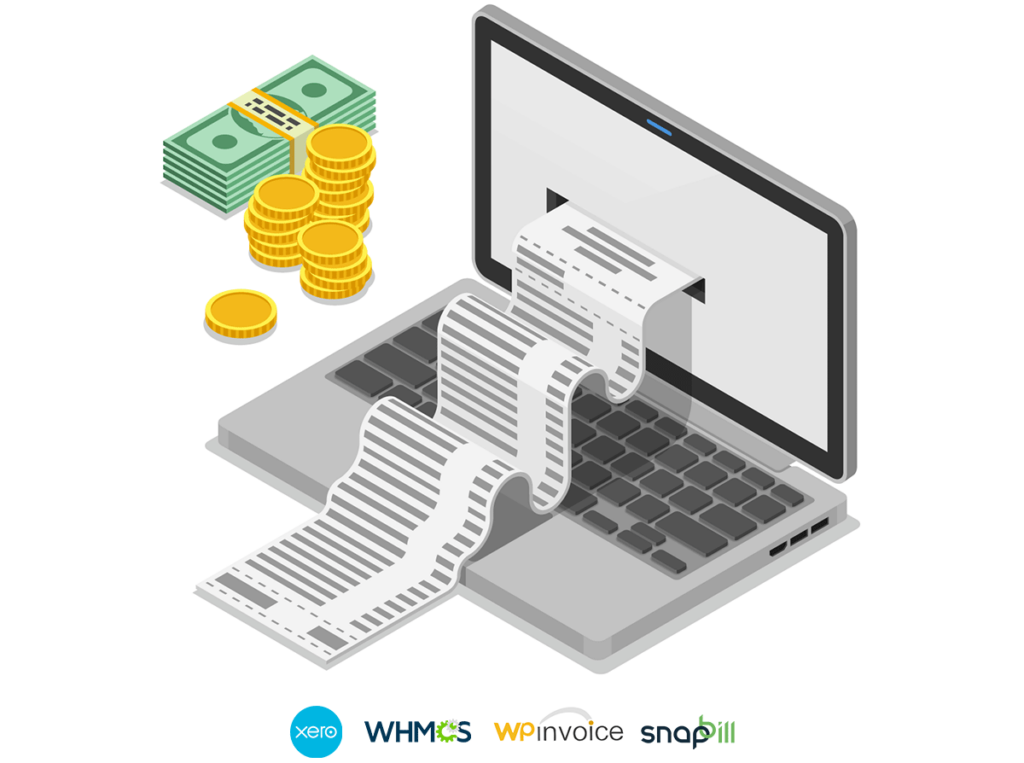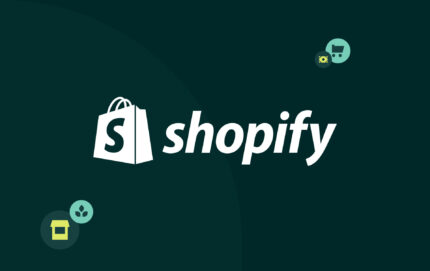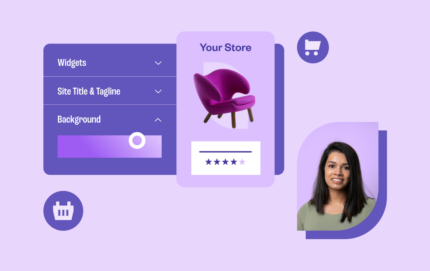Being an entrepreneur is about following your passion. Unless your passion is accounting, you’re probably amongst the majority of small business owners overwhelmed by “accounting speak”.
For business owners operating in the pre-Internet era, the fear was justified. Physically capturing and filing invoices and receipts; reconciling bank statements; and submitting the necessary paperwork to their accountants on time and in an orderly fashion became an ongoing nightmare.
Technology has since saved the day and reduced the paperwork.
A big step up from paper-based billing, email billing allows businesses to email their invoices as attachments to customers and have proof of payment emailed in return. While the more tech-savvy businesses automate the tracking of emailed invoices and payments, having to manage bills due and payments received can still be a time-consuming administrative task.
This is where cloud-based invoicing bridges the gap.
What is cloud-based invoicing?
Cloud-based invoicing describes any billing software that resides on the Internet. You simply log into the software wherever you are in the world and issue your invoices. More than just an online billing system, cloud-based invoicing:
- Presents a professional face to your customer by providing standard, business-branded templates for your quotes and invoices.
- Provides a secure environment for you to store sensitive business and customer data.
- Saves you time – and, therefore, money – by automating the manual tasks of tracking and capturing invoices.
- Automates follow-up emails for overdue accounts.
- Integrates with payments received for seamless management of invoices out and monies in, depending on the platform.
Payfast’s online billing platforms are not only limited to online shopping carts, such as WooCommerce, Shopify and Magento. If you’re using WordPress to sell your services or single products online, WP Invoice is the perfect plugin to generate invoices directly from your website. Your invoice contains a “Pay with Payfast” button, allowing customers to immediately settle their bills.
If you prefer to invoice outside of your website, Snapbill is ideal for businesses requiring automated subscription or recurring billing with payment collection facilities. WHMCS, a platform for managing and billing hosting accounts, offers a mix of invoicing, client management, and payment collection features.
If you’re the owner of a fully operational e-commerce store, perhaps you should consider integrating your online billing with an accounting package, such as Xero. The biggest advantage of using cloud-based invoicing with cloud-based accounting is the way in which it takes the hassle out of accounting. Plus, if integrated with Payfast, customers can settle their accounts instantly via credit card, Instant EFT, Masterpass, and the full range of Payfast payment options.
Benefits of cloud-based invoicing
One of the primary reasons why cloud-based invoicing is gaining traction is the myriad of benefits it offers to businesses of all sizes. Imagine saying goodbye to the days of sifting through paper documents and grappling with complex spreadsheets. With cloud-based invoicing, you’re stepping into a world of efficiency and convenience. Let’s explore additional benefits you can expect with cloud-based invoicing.
Automation and efficiency
One of the standout features of cloud-based invoicing is its ability to automate various aspects of the invoicing process. Tasks that used to demand repetitive manual effort can now be streamlined and scheduled. The system can automatically generate and send invoices at specified intervals, making life easier for both businesses and their clients.
Real-time collaboration
Gone are the days of back-and-forth emails and phone calls to ensure that invoices are accurate and up-to-date. Cloud-based invoicing platforms provide a collaborative environment where clients and accountants can interact in real time. Changes can be made instantaneously, and both parties can access the latest version of an invoice without delay.
Tracking and monitoring
Cloud-based invoicing doesn’t stop at merely sending invoices. It also empowers businesses to keep track of the status of their invoices. Has a client received the invoice? Has the payment been made? These questions can be answered at a glance, saving you from the hassle of playing the waiting game.
Scalability and flexibility
As your business grows, so do your invoicing needs. Cloud-based invoicing systems are designed to scale with your business. Whether you’re a small startup or a multinational corporation, these platforms can adapt to your requirements. Moreover, many of them offer flexible plans, allowing you to choose features that align with your business goals.
Data security and compliance
Security is a top concern for any business, especially when it comes to financial data. Cloud-based invoicing addresses this concern with robust security measures. Data is encrypted, and advanced security protocols are in place to prevent unauthorised access. Additionally, these platforms ensure compliance with data protection regulations such as GDPR.
User-friendly interface
You don’t need to be a tech whiz to navigate cloud-based invoicing platforms. They are designed with user-friendliness in mind, boasting intuitive interfaces that minimize the learning curve. This accessibility is crucial for ensuring that all team members, regardless of their technical proficiency, can use the system effectively.
Payfast’s online billing platforms are not only limited to online shopping carts, such as WooCommerce, Shopify and Magento. If you’re using WordPress to sell your services or single products online, WP Invoice is the perfect plugin to generate invoices directly from your website. Your invoice contains a “Pay with Payfast” button, allowing customers to immediately settle their bills.
If you prefer to invoice outside of your website, Snapbill is ideal for businesses requiring automated subscription or recurring billing with payment collection facilities. WHMCS, a platform for managing and billing hosting accounts, offers a mix of invoicing, client management, and payment collection features.
If you’re the owner of a fully operational e-commerce store, perhaps you should consider integrating your online billing with an accounting package, such as Xero. The biggest advantage of using cloud-based invoicing with cloud-based accounting is the way in which it takes the hassle out of accounting. Plus, if integrated with Payfast, customers can settle their accounts instantly via card, Instant EFT, Scan to Pay and the full range of Payfast payment options.
Why integrate your online store with cloud-based invoicing and accounting
More than 1 million subscribers use Xero, which is online accounting software designed specifically for small businesses. Xero enables entrepreneurs to generate invoices, create expense claims, and manage their cash flow from their desktop or mobile devices as they go about their day.
Set up is relatively easy: Sign up, add company details, add the necessary bank accounts that money will be paid into and out of, and you’re good to go.
When you use Xero to handle all your payments and receipts, both you and your accountant could have access to reports and real-time information about your business transactions…wherever you are and whenever you want.
How Payfast merchants can integrate their invoicing with Xero
There are two ways in which Payfast merchants can use Xero to automate their invoicing.
1. Invoice manually with Xero
For the entrepreneur who offers a service, sells a single product, or whose website is not set up for selling, Xero could be used to create an invoice using Payfast as the payment gateway. The invoice will be generated with a “Pay now” link to pay via the Payfast platform. Payments received against the invoice will automatically be allocated to the correct customer details in Xero.
More about Payfast’s integration with Xero here.
2. Automatically export invoice data to Xero in real-time
Website owners who prefer to invoice directly from their online shops—including WooCommerce, Ecwid, Shopify, PrestaShop, and Magenta—could export their invoice data to Xero in real-time for up-to-date reporting.
Read more about how these different platforms integrate with Xero:
Ecwid
WooCommerce
Shopify
PrestaShop
Magento
While cloud-based invoicing and accounting doesn’t completely absolve business owners from the responsibility of understanding accounting basics, it certainly reduces the dread. Setting up Xero, or the cloud accounting package of choice, may require an initial learning curve. However, once the setup is complete, the automation will free you up to focus on other aspects of your business.
You’ll be smiling, your accountant will be smiling, and your cash flow will flourish as you make informed, real-time decisions about what’s right for your business.
FAQs
Is my data safe in cloud-based invoicing systems?
Can cloud-based invoicing integrate with my current accounting software?
How can cloud-based invoicing improve collaboration with clients?
Are there any upfront costs for adopting cloud-based invoicing?
Follow us on Facebook or Twitter for regular Payfast news and updates.




